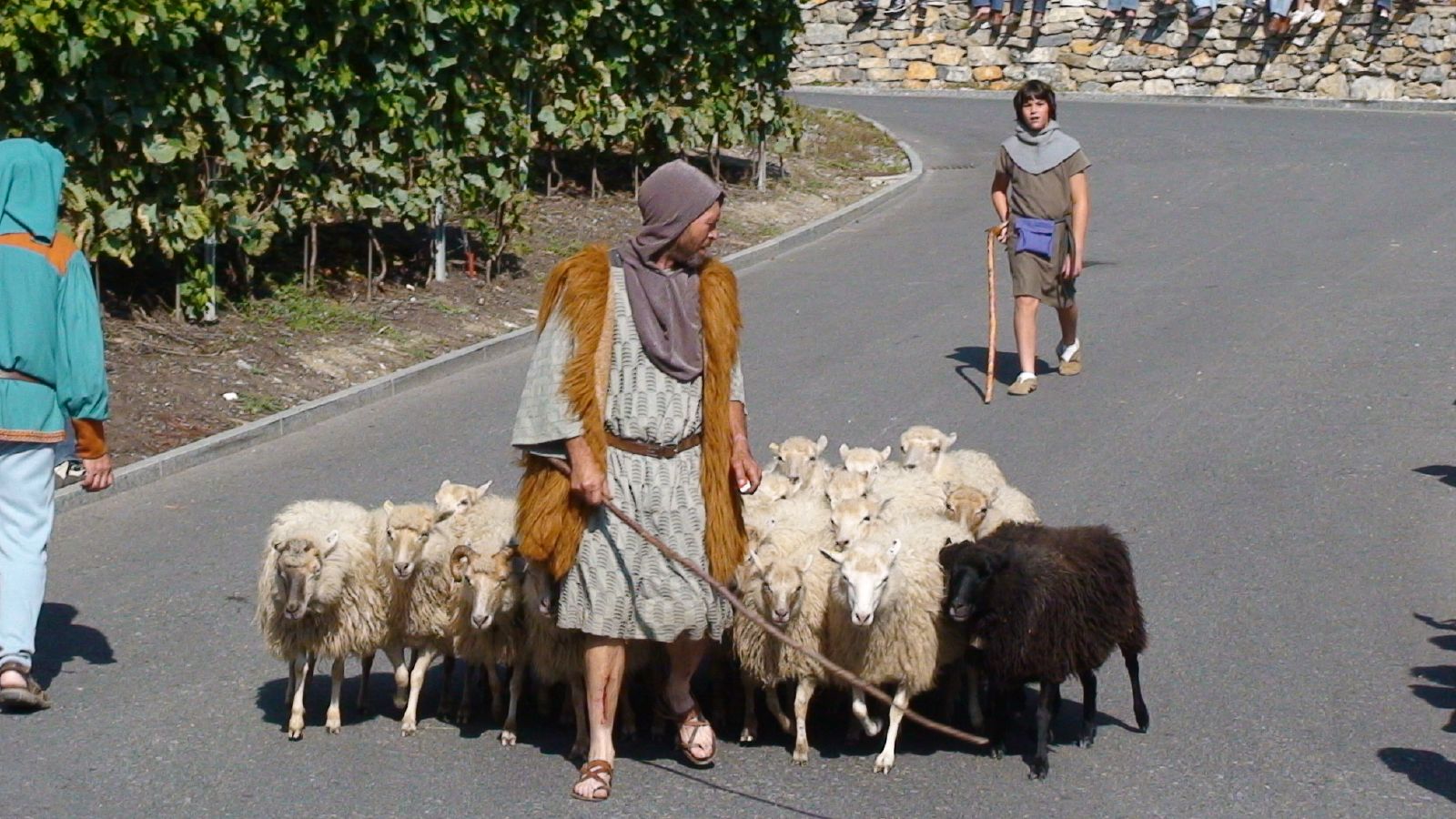New & Noteworthy
How Histones Use FACT(s) to Find Their Way
July 05, 2017

The map is like FACT helping histones get to the right place. from publicdomainpictures.net.
Some people (like me) have no sense of direction. Send me to the store and who knows where I’ll end up!
Tools like maps, a GPS system, and my iPhone all help to make sure I get to where I need to be. And seat belts, airbags and working brakes keep me safe while I am getting there.
Histones are similar. These proteins, which help to organize and run our DNA, can get lost without a variety of helpers to show them the way. They also need to be kept safe as they travel.
Instead of an iPhone, histones get to where they need to go with the help of histone chaperones like Nap1p and the FACT complex. A new study by Hodges and coworkers in GENETICS helps to figure out which parts of histones interact with the FACT complex and, to a lesser extent, Nap1p.
Turns out that a few residues in an acidic patch on H2A/H2B dimers are critical for interacting with FACT. This makes sense given that previous work had shown that this acidic patch interacts with other proteins (although no one had shown it interacts with the FACT complex or Nap1p). Hodges and coworkers also identified other residues outside of the acidic patch that were important for FACT complex binding.
The first step was to analyze residues in this patch known to be lethal when mutated to alanine—H2A: Y58, E62, D91, and H2B: L109. The authors used co-immunoprecipitation (co-IP) assays against either Nap1p or Spt16p (a subunit of the FACT complex) to identify which, if any of these essential residues, was important for interacting with these histone chaperones.
As expected, wild type Nap1p and Spt16p interacted with both H2A and H2B in their assay. Of all of the essential residues of the acidic patch, only L109 on H2B significantly affected H2B’s ability to interact with the FACT complex. There was about a 4-fold decrease in the amount of Spt16p brought down with H2B: L109A compared to wild-type H2B in these experiments.
The authors decided to broaden their search for residues important for interactions by looking at those in the acidic patch that were not lethal when mutated to alanine. Recent work suggested two other residues, H2A: E57 and H2A: E93, might be important for getting the FACT complex to actively transcribed genes in yeast. Hodges and coworkers were able to confirm the importance of H2A: E57 in their co-IP experiments.
They now expanded to other residues on H2A and H2B that have been shown or hypothesized to be important for binding to the FACT complex—H2A: R78A, and H2B: Y45A, M62E. These authors found that only H2B: M62E significantly impacted binding to the FACT complex (H2B: Y45A had a small effect). They also found that H2A: R78A affected binding to Nap1p, but not the FACT complex.

Histones need to be shepherded to the genome by histone chaperones. by Mclaire MClaire, Wikimedia Commons
OK, so there is good co-IP data that H2A: E57, H2B: L109A, and H2B: M62E each affect binding of the FACT complex to the H2A/H2B dimer. These authors also provide good evidence that these mutants affect nucleosome occupancy and have nucleosome-based effects on transcription as well.
They used chromosomal immunoprecipitation linked to qPCR (ChIP-qPCR) against H2A and H2B to show decreased occupancy of H2A and H2B with the H2B: L109A mutant at four different promoters. Occupancy was around 3-4 fold lower than with wild type H2B.
They were also able to show that some of their H2A and H2B mutations mimicked the effects of partial loss of function mutations in the Spt16p part of the FACT complex. For example, just like mutations in SPT16 make a cell more sensitive to hydroxyurea, so too do H2B: Y45A, H2B: M62E, and H2A: E57A. These three mutants also induce cryptic transcription from the FLO8 gene like an Spt16 mutant.
Key residues in the acidic patch of H2A/H2B are critical for making sure histones get to the right place in the genome. Mutating them is similar to me not hearing the direction I need to go from my iPhone. Just like a histone not able to hang onto its chaperone, I will end up at the wrong place and not able to do what I needed to do.
by Barry Starr, Ph.D., Director of Outreach Activities, Stanford Genetics
Categories: Research Spotlight